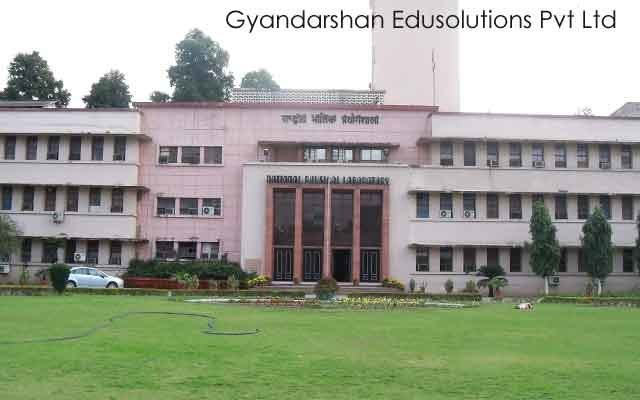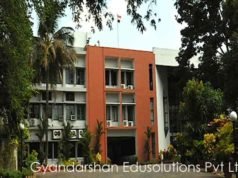
NPL – National Physical Laboratory New Delhi
One of the most ancient texts of India, Manusmriti, describes among the duties of the king: The king should examine the weights and balances every six months to ensure true measurements and to mark them with the royal stamp. — Manusmriti, 8th Chapter, Shloka 403. In the Harappan era, which is nearly 5000 years old, one finds excellent examples of town planning and architecture. The sizes of the bricks were the same all over the region. In the time of Chandragupta Maurya, some 2400 years ago, there was a well – defined system of weights and measures. The government of that time ensured that everybody used the same system. In the Indian medical system, Ayurveda, the units of mass and volume were well defined.
The measurement system during the time of the Mughal emperor, Akbar, the guz was the measure of length. The guz was widely used till the introduction of the metric system in India in 1956. During the British period, efforts were made to achieve uniformity in weights and measures. A compromise was reached in the system of measurements which continued till India’s independence in 1947. After independence in 1947, it was realized that for fast industrial growth of the country, it would be necessary to establish a modern measurement system in the country. The Lok Sabha in April 1955 resolved : This house is of the opinion that the Government of India should take necessary steps to introduce uniform weights and measures throughout the country based on metric system.
Address: Dr KS Krishnan Marg, South Patel Nagar, Pusa, New Delhi, Delhi 110012
Phone: 011 4560 9212














